7 Reasons Windows 10 Is Better Than Windows 11
Like Windows 10 before it, the launch of Windows 11 wasn’t smooth, and early adopters faced quite a few challenges when upgrading to Windows 11. While things have improved since then, it can be argued that Windows 10 is still better than Windows 11 in many important aspects. If you’re one of those who haven’t yet made the jump to Microsoft’s latest OS or are considering reverting to Windows 10, perhaps these seven reasons will convince you that Windows 10 is better than Windows 11.
1. Windows 11 is Mostly “Windows 10+”
Some users are not aware that Windows 11 was never really envisioned as a new Windows version by Microsoft. What was initially meant to be a feature update named Sun Valley Update with a UI overhaul to Windows 10 was later rebranded to Windows 11. The latest Windows OS is, therefore, not technically a “new Windows” version and could be considered as a prettier Windows 10 with a few changes here and there, not all of which are for the better.
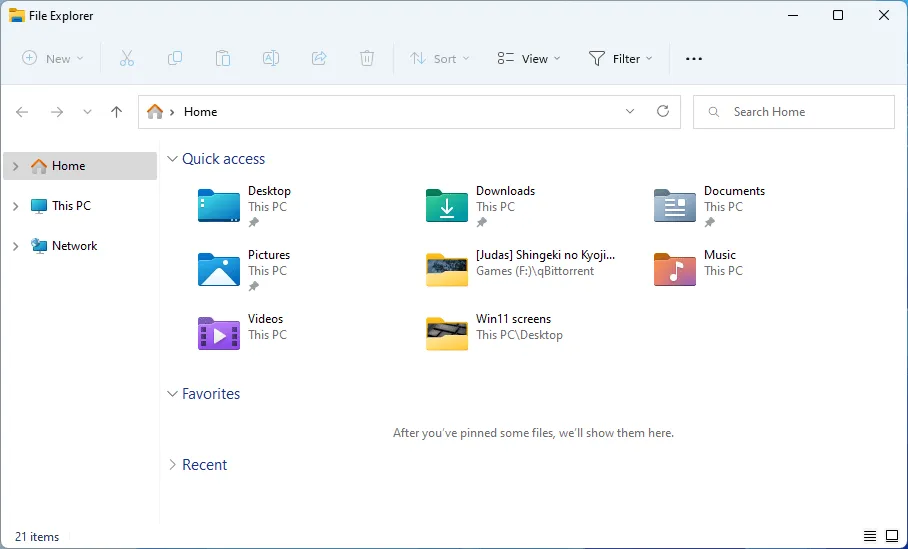
The similarities between the planned Windows 10 Sun Valley update and Windows 11 go beyond the surface. Many core features of both Windows 10 and Windows 11 are comparable, unlike the vast improvements Windows 10 brought over Windows 8. Recognizing Microsoft’s marketing trick of pitching Windows 11 as the “next-gen” Windows represents one of the major reasons users may want to continue using Windows 10: they’re not missing much.
2. Strict Hardware Requirements for Windows 11
While Windows 11 brought a fresh look to the Windows environment, it also added a slew of hardware requirements for those wanting to jump on the bandwagon. For instance, Microsoft mandated that only the computers having at least an Intel 8th Gen or AMD Zen 2 CPU with a TPM 2.0 chip could upgrade to Windows 11. Furthermore, your processor has to support Secure Boot to install Windows 11 on your computer. Although requirements like TPM 2.0 can be bypassed, users may not be aware or savvy enough to accomplish that.
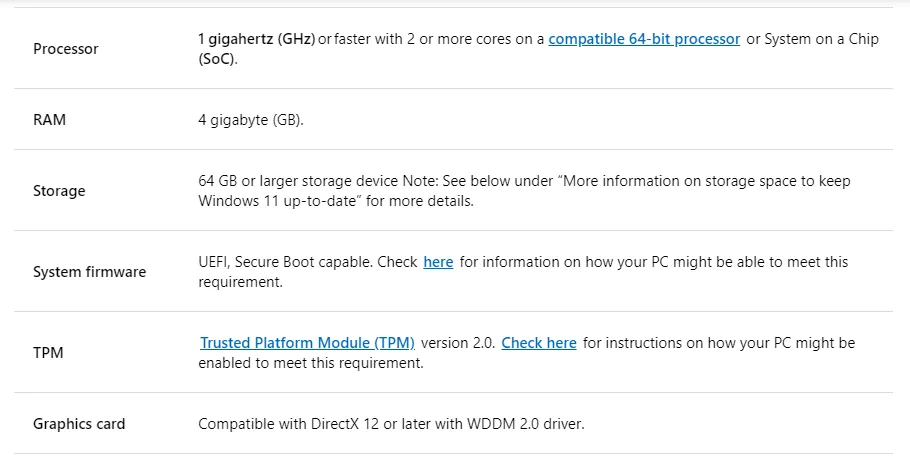
On top of that, many users still run older hardware that doesn’t satisfy these hardware requirements. Given that Windows 10 doesn’t mandate TPM 2.0, some users may find that they have very little reason to purchase a new system that satisfies Windows 11’s requirements. If you’re running a considerably older system, you can keep running Windows 10 while still enjoying most of Windows 11’s features at the same time.
3. Easier to Change Settings on Windows 10
Windows 11 unfortunately makes it harder to change basic settings. For example, in earlier Windows 11 builds, you couldn’t right-click the taskbar to access Task Manager, something that was a heavily-used feature in Windows 10. Although later builds brought this feature back to Windows 11, it makes you wonder why Microsoft chose to implement changes like this.
Another new annoyance in Windows 11 is choosing the default app for a particular file type. To do that, you need to set the default app for every individual image or video type. You can’t simply choose a single app for all kinds of images or videos.
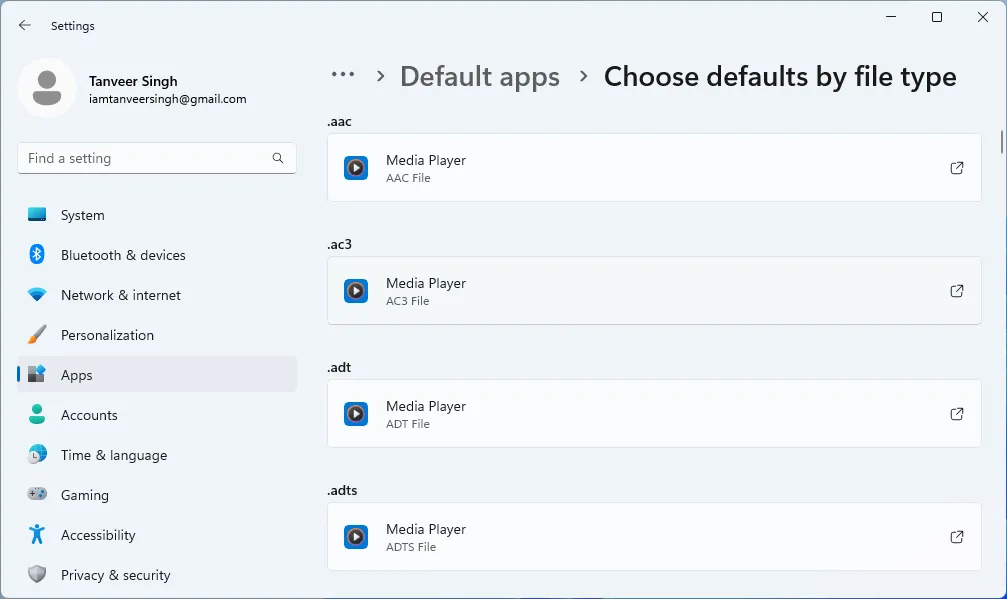
Windows 11 also brought a new built-in “S Mode” that ships by default on some Windows 11 systems. While this new mode intends to enhance Windows security by limiting the installation of third-party apps, prohibiting registry changes, and limiting Internet browsing to Microsoft Edge, it can severely limit performance and overall experience.
Changing the behavior of familiar elements of the Windows environment is considerably harder on Windows 11 than it is on Windows 10. This makes it reasonable for Windows 10 users to not upgrade until a Windows 11 update makes things easier.
4. Windows 11 Needs More Clicks
For Windows 10 users moving to Windows 11, the Start menu will be one of the major changes they’ll notice. First, Microsoft moved the location of the Start menu to the center of the taskbar. Additionally, the Start menu doesn’t show your most used and recently installed apps by default. The Start menu settings can be customized manually, but again, that’s additional difficulty baked into a supposedly new and improved Windows version.
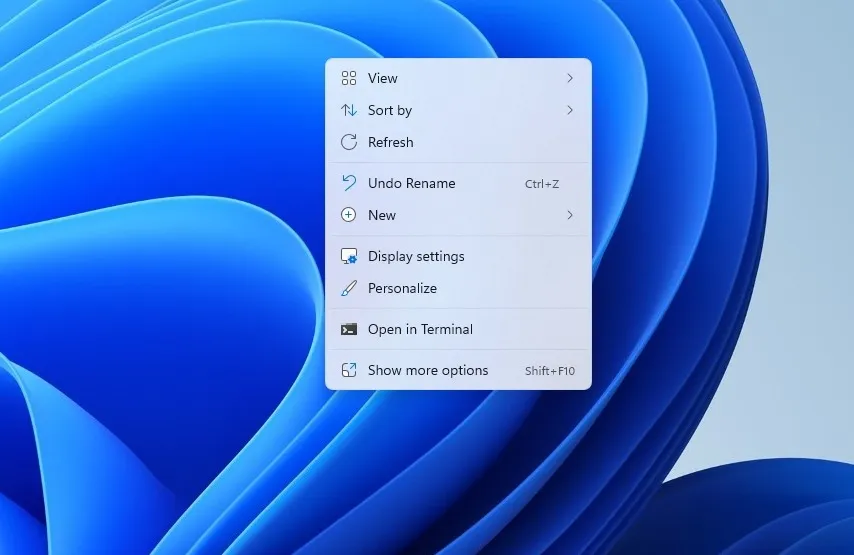
The helpful Windows 10 context menu has also been changed to a limiting one on Windows 11, and users need to click on “Show more options” to see all of the options. Other settings, like selecting the Wi-Fi network or switching from speakers to headphones, take more clicks than Windows 10. Overall, for a new user, the experience of using Windows 11 comes off as needlessly difficult and obscure.
5. Gaming Performance Is Similar
Microsoft focused on providing an improved gaming experience in the latest version and introduced some new gaming features that were supposed to be exclusive to Windows 11. These include DirectStorage for faster load times and AutoHDR. Fortunately for Windows 10 users, both of these features are slated to be introduced in the older version as well in future stable updates.
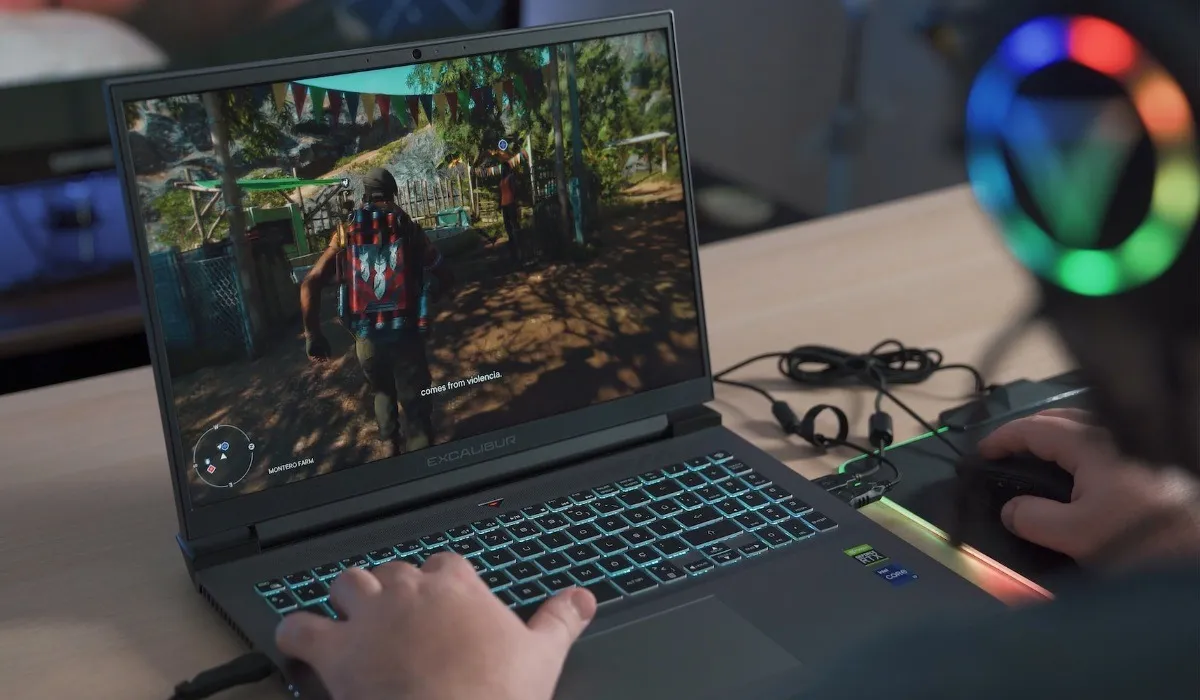
If gaming performance is considered, frame rates in almost all games have virtually no meaningful difference between Windows 10 and Windows 11. As DirectStorage implementation improves and game developers start adopting it in future titles, Windows 11’s inherently advanced storage stack may give it an edge. But for the time being, gamers on Windows 10 have little to gain by upgrading.
6. More Ads on Windows 11
Ads are inescapable in the modern world. Whether on your phone or desktop or laptop, it has become increasingly difficult to block every single ad. With Windows 11, Microsoft has ramped up the number of ads shown to users in the form of suggestions and tips. In the name of a personalized experience, Windows 11 shows you ads on the lock screen and in the Start menu, settings, and notifications.

It’s not like Windows 10 doesn’t have ads, but they’re not as intrusive as those in Windows 11. If you’re someone who’s easily frustrated with well-meaning suggestions that you didn’t sign up for, Windows 10 is the better option for now.
7. Windows 10 Support Until 2025
Sticking to an older operating system runs the risk of losing out on security updates, as newer versions are prioritized over previous versions near the end of their lifecycle. But Microsoft will support Windows 10 until October 2025, so you’ll continue to receive feature and security updates for more than two years. If you were worried about losing out on protection for your Windows 10 PC, there’s still time to wait and allow Windows 11 to mature further.
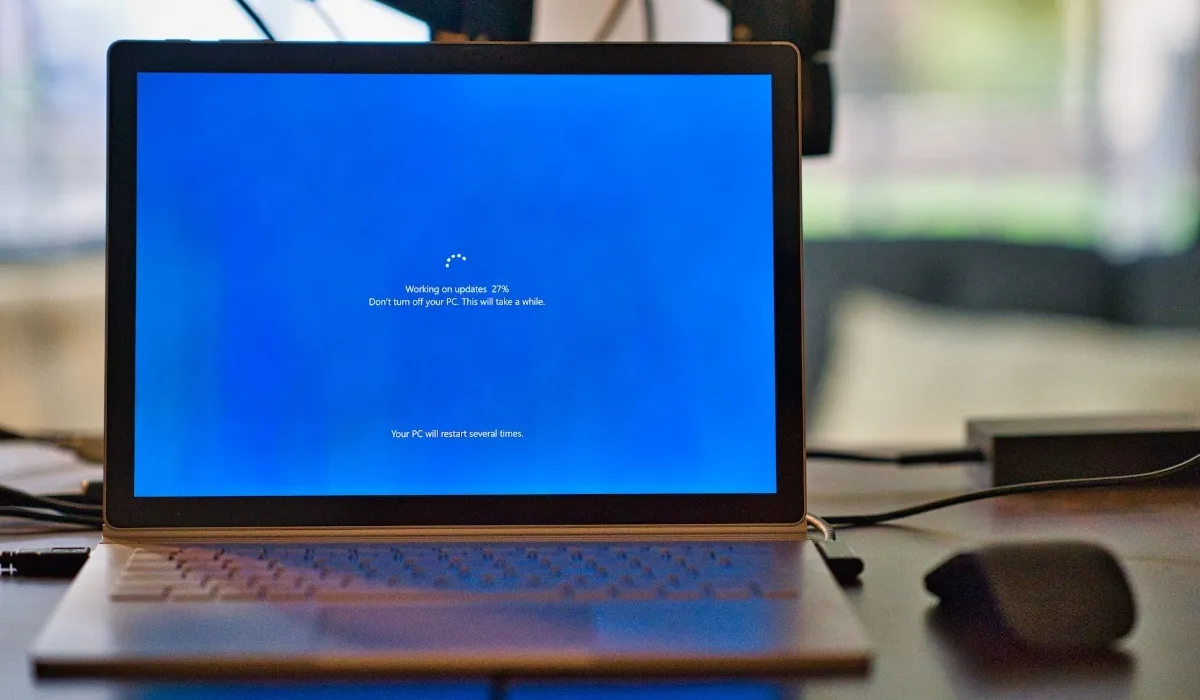
Windows 11 still suffers from compatibility issues and bugs as problems creep up with every new update. With Microsoft continuously releasing bug fixes and security patches, it will pay to delay your upgrade to Windows 11 if you can help it.
Frequently Asked Questions
What are some of the advantages of Windows 11 over Windows 10?
Despite lacking in several areas and sharing many similarities with Windows 10, it is still worthwhile to upgrade to Windows 11 due to some important advancements it brings over Windows 10. For instance, you can now run Android apps natively in Windows and use multiple desktops. You also get more widget options and better support for tablets and other touchscreen devices.
How can I use Windows 11 for free?
Windows 11 ships as a free upgrade for Windows 10 users. As long as your Windows 10 computer meets the hardware requirements for Windows 11, you can update to Windows 11 by simply downloading it through Windows Update. If you don’t have a license for your Windows 10, then you will have to purchase a Windows 11 license to use the latest OS version.
Does Windows 11 need more RAM than Windows 10?
Windows 11 is snappier than Windows 10 and brings a host of performance improvements and features to the Windows environment. But these additional features also make it more demanding. Windows 11 consumes more RAM than Windows 10. However, on relatively modern systems, you will not experience slowdowns, as the memory management on Microsoft’s latest OS is top notch. The newer OS also brings several optimizations that make it run well – even on older PCs with less RAM. But if your computer has less than 8GB RAM, you may experience issues while using some Windows 11 features.
Image credit: Wikimedia Commons. All screenshots by Tanveer Singh.
- Tweet
Leave a Reply